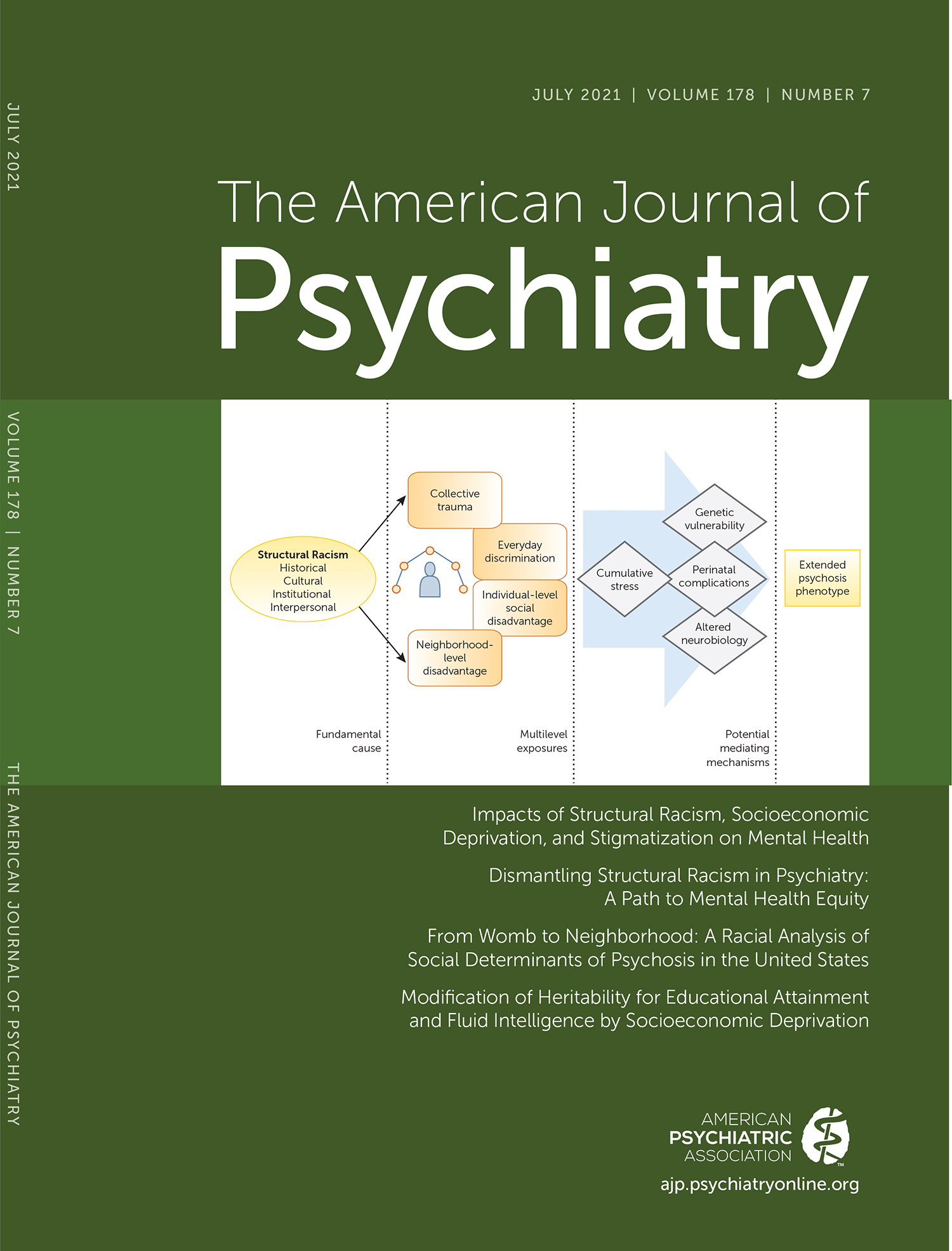Sublingual Buprenorphine-Naloxone Compared With Injection Naltrexone for Opioid Use Disorder: Potential Utility of Patient Characteristics in Guiding Choice of Treatment
Abstract
Objective:
Sublingual buprenorphine-naloxone and extended-release injection naltrexone are effective treatments, with distinct mechanisms, for opioid use disorder. The authors examined whether patients’ demographic and clinical characteristics were associated with better response to one medication or the other.
Methods:
In a multisite 24-week randomized comparative-effectiveness trial of assignment to buprenorphine-naloxone (N=287) compared with extended-release naltrexone (N=283) comprising inpatients planning to initiate medication treatment for opioid use disorder, 50 demographic and clinical characteristics were examined as moderators of the effect of medication assignment on relapse to regular opioid use and failure to initiate medication. Moderator-by-medication interactions were estimated using logistic regression with correction for multiple testing.
Results:
In the intent-to-treat sample, patients who reported being homeless had a lower relapse rate if they were assigned to receive extended-release naltrexone (51.6%) compared with buprenorphine-naloxone (70.4%) (odds ratio=0.45, 95% CI=0.22, 0.90); patients who were not homeless had a higher relapse rate if they were assigned to extended-release naltrexone (70.9%) compared with buprenorphine-naloxone (53.1%) (odds ratio=2.15, 95% CI=1.44, 3.21). In the subsample of patients who initiated medication, the interaction was not significant, with a similar pattern of lower relapse with extended-release naltrexone (41.4%) compared with buprenorphine (68.6%) among homeless patients (odds ratio=0.32, 95% CI=0.15, 0.68) but less difference among those not homeless (extended-release naltrexone, 57.2%; buprenorphine, 52.0%; odds ratio=1.24, 95% CI=0.80, 1.90). For failure to initiate medication, moderators were stated preference for medication (failure was less likely if the patient was assigned to the medication preferred), parole and probation status (fewer failures with extended-release naltrexone for those on parole or probation), and presence of pain and timing of randomization (more failure with extended-release naltrexone for patients endorsing moderate to severe pain and randomized early while still undergoing medically managed withdrawal).
Conclusions:
Among patients with opioid use disorder admitted to inpatient treatment, homelessness, parole and probation status, medication preference, and factors likely to influence tolerability of medication initiation may be important in matching patients to buprenorphine or extended-release naltrexone.



